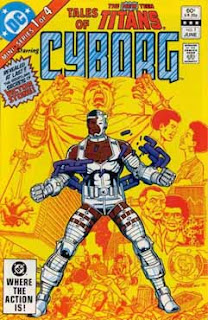The Immaculate Philosophy in Exalted is an engineered belief system, created by a faction of Sidereals looking to bolster the Dragon-Blooded and cement the coup against the Solars. Whether it was formed from whole cloth or based on existing beliefs we aren't told, at least not in the first book. We are told the Order is monastic (presumably solely), which is unusual for earthly religions, but could be. The description of the Immaculate Philosophy and practice suggest the writers were mostly thinking of Buddhism, perhaps with a bit of Hinduism, but I think some of the more interesting parallels and inspiration can be drawn from Confucianism.
Immaculate Philosophy acknowledges the existence of the gods and spirits, but that's not it's focus. Proper ritual toward these spirits--which means these rites are respectful and discrete--is appropriate, but the focus is more on self-cultivation and living virtuously. I feel like, again not unlike Confucianism, Immaculate Philosophy would view "Heaven" (or Yushan) and being in harmony with it important, but they would largely disapprove of personalizing it as gods. Yu-Shan would be the sort hand for the proper process of the world.
In a sense, the Immaculate Philosophy is more secular than spiritual. In a world where essence is real and demonstrable, as are the hypostases of the belief, the Elemental Dragons, I feel like the focus on correct behavior, self-improvement, and social ritual, qualifies it as such.
It isn't discussed in the texts, but I feel it's more fun and more realistic if there are perhaps various schools of thought within the Immaculate tradition. We are told it's concerned with stamping out heresy, but that's an odd aspect of it and given the desires of the Sidereals who crafted it, I take that to mean mainly "too much god worship" or the "belief the Solars aren't Anathema." Within the confines of its view of the world, I suspect you have traditions that are more or less mystical or ascetic than others. The equivalents of Pure Land Buddhism or even Prosperity Gospel. Perhaps there's even "left hand path" Immaculate belief that seeks a dangerous shortcut to Dragon status?































